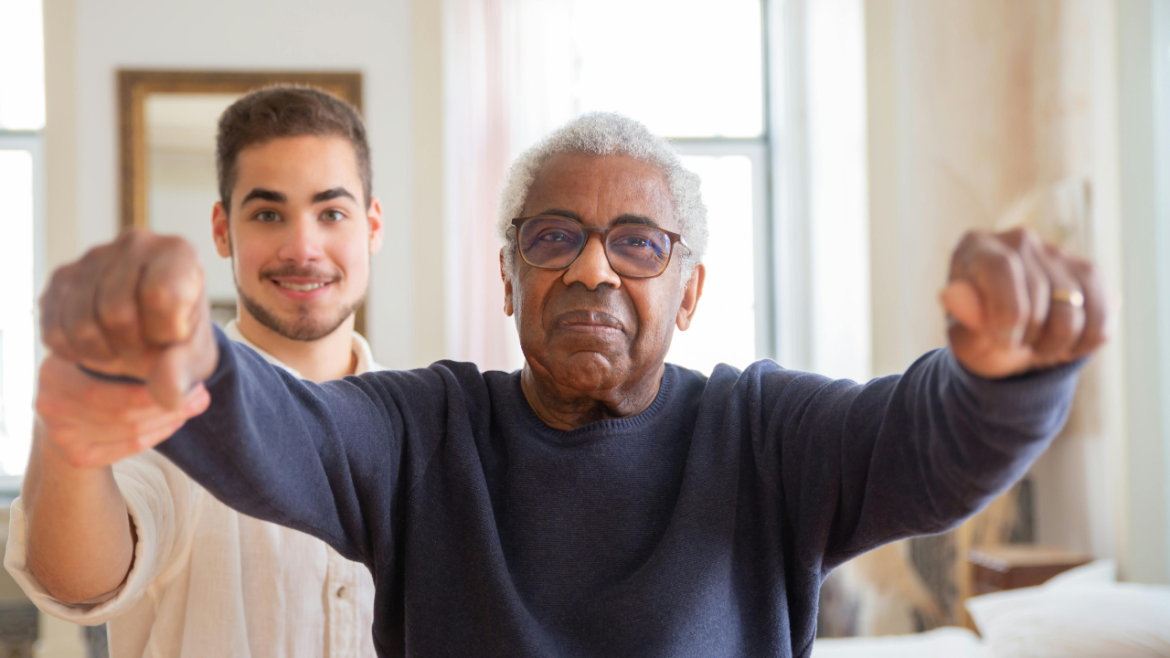Best Ways To Help Seniors Regain Mobility
For many seniors, losing mobility feels like losing independence. The simple act of walking to the kitchen, visiting a neighbor, or stepping outside to feel the sunshine can become difficult or even painful. This loss can bring not only physical frustration but also emotional distress.
Yet, mobility is not something that disappears overnight—it can often be rebuilt through patience, support, and the right approach. Helping seniors regain mobility means restoring more than movement; it means restoring confidence, dignity, and joy in daily life.
Understanding The Importance Of Movement
Movement is essential for maintaining overall health, but for seniors, it becomes even more critical. When muscles weaken and joints stiffen, the body begins to lose balance and coordination. Reduced mobility can lead to a cycle of inactivity—where fear of falling leads to less movement, and less movement leads to further decline. Breaking this cycle requires a combination of physical care, emotional encouragement, and daily commitment.
Each step, no matter how small, becomes a victory. Seniors who begin to move again often notice improvements not only in physical strength but also in mental clarity. Movement increases blood circulation, boosts mood, and supports cognitive health. The mind and body are deeply connected, and when one begins to heal, the other often follows. Understanding this relationship gives purpose to every effort made toward regaining mobility.
Gentle Exercise And Consistent Activity
The foundation for restoring mobility lies in gentle, consistent movement. Seniors who participate in safe exercises tailored to their abilities experience noticeable progress over time. Low-impact activities such as stretching, slow walking, or water-based movement help strengthen muscles while reducing pressure on joints. Consistency is far more important than intensity. Regular activity conditions the body, improves flexibility, and strengthens the muscles that support balance and coordination.
Beyond physical improvements, gentle exercise nurtures emotional resilience. Many seniors fear movement after an injury or fall, but guided, gradual activity rebuilds confidence. When movement is associated with safety and encouragement rather than fear, the body learns to trust itself again. That trust transforms into independence—one step at a time.
The Role Of Physical Therapy And Support
Professional physical therapy can play a transformative role in helping seniors regain mobility. A skilled therapist understands the unique needs of aging bodies and can design routines that target specific challenges. Strength training for the legs, stretching for flexibility, and balance exercises all work together to rebuild stability. More importantly, therapy offers structured motivation and emotional reassurance.
The process can be slow, but the results are meaningful. Each session helps the body remember its potential. With patience, seniors often begin to walk longer distances, stand taller, and feel more secure in their movements. The consistent presence of a supportive professional can also ease the frustration that sometimes accompanies recovery. Knowing that progress is being monitored and guided brings comfort and determination.
Nutrition And Energy Restoration
Mobility depends not only on muscles but also on nourishment. A healthy diet provides the energy and strength needed to move. Foods rich in protein support muscle repair, while vitamins and minerals protect bone health. Hydration also plays an important role, as dehydration can cause fatigue and dizziness, both of which discourage activity.
When seniors eat well and feel energized, they are more willing to engage in movement. The combination of nutrition and physical effort creates a positive cycle—better health encourages more activity, and more activity improves health. Family members and caregivers can help by ensuring that meals are balanced and that snacks provide energy rather than sugar crashes. Nutrition, in this way, becomes a quiet partner in rebuilding mobility.
The Emotional Strength Behind Physical Recovery
The journey to regain mobility is not only physical—it is emotional. Seniors often feel discouraged or embarrassed when their bodies no longer move as they once did. The fear of falling or feeling dependent can cause hesitation. Encouragement and empathy from loved ones make a powerful difference. Emotional support turns frustration into determination.
Celebrating progress, no matter how small, reinforces hope. Each milestone—standing unassisted, walking a few more steps, or getting in and out of a chair comfortably—is a triumph worth recognizing. These moments build confidence and remind seniors that progress is still possible at any age. Patience and compassion are as vital as exercise and therapy because healing requires both physical effort and emotional care.
Living With Renewed Independence
When seniors regain mobility, they regain freedom. The ability to move without fear opens the door to social activities, hobbies, and daily routines that bring purpose and joy. Mobility restores connection—with loved ones, with nature, and with life itself. The body grows stronger, and the spirit follows.
Helping seniors regain mobility is not about perfection; it is about progress. Each effort, each practice, and each act of encouragement contributes to renewal. Through gentle exercise, proper nutrition, and emotional support, seniors can reclaim their independence and rediscover what it means to move freely again. Because when the body moves, the heart feels alive—and in that movement lies the true essence of living well.

